For Peruvian textile artist Lin Belaunde Morla combining embroidery with her original techniques of drawing and photography has enabled her to add greater depth and versatility to her expressive art. Lin describes her focus as being two-fold; political, social issues within the frame of enlightened intolerance and more personal issues that speak of her own history and concerns.
Born in Romania, Lin graduated from the Corriente Alterna School of Visual Arts in Lima, Peru in 2004, gaining a Bachelor of Plastic Arts degree. The plastic arts focused on art forms which involve physical manipulation, such as engraving and sculpture, along with drawing and painting, and are now called visual arts.
After a brief sojourn as a photographic reporter, she returned to the visual arts in 2014. She was not only inspired, but driven, by a picture on her grandmother’s wall, which prompted her to join an embroidery class at the Brotherhood of Sewing in Lima.
Lin won third prize in the Philips Art Competition for Young Talents in 2001 and, in recent years has been an exhibitor in exhibitions such as Migrant Chronicles at the Museum of Contemporary Art in Lima and Lima Photo/Casa Pardo at Space Gallery, as well as her own self-curated exhibition – Centro Cultural el Olivar.
In our interview, Lin told us how the support from her family and the women in her embroidery group fuelled her determination to succeed as an artist. She also reveals what prompted her to include human hair in her embroidery, and how her work is so reparative to her soul.
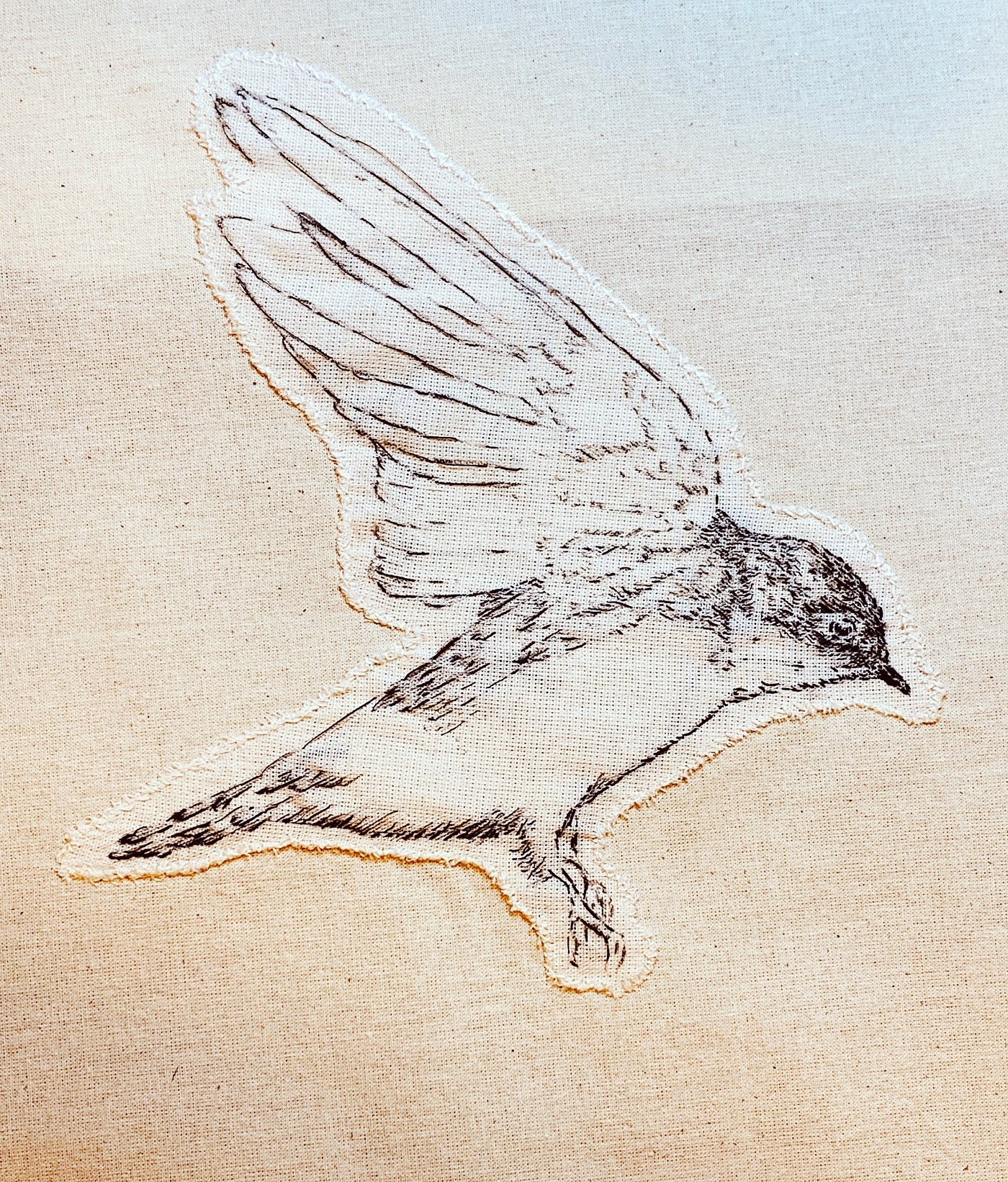
The magic of embroidery
TextileArtist.org: What initially attracted you to textiles as a medium? How was your imagination captured?
Lin Belaunde Morla: A lot of women in my family were immersed in the world of textiles, but one of the first things that really attracted me was the possibility of doing embroidery with human hair.
When I was studying the visual arts, my focus was on drawings and photography. I didn’t know how to embroider, so I joined a workshop that focused on traditions of female expression applied to visual arts. This lovely space, my friends, the threads, the fabric and the stories, together all turned the embroidery into a pleasure – from the technical side, to a human side. Embroidering with other women like me, with so many stories to tell and feelings to convey just as I did, made me feel so happy, and I think it has a special kind of magic. The passion and work ethic of the other women there helped to capture my imagination and inspiration.
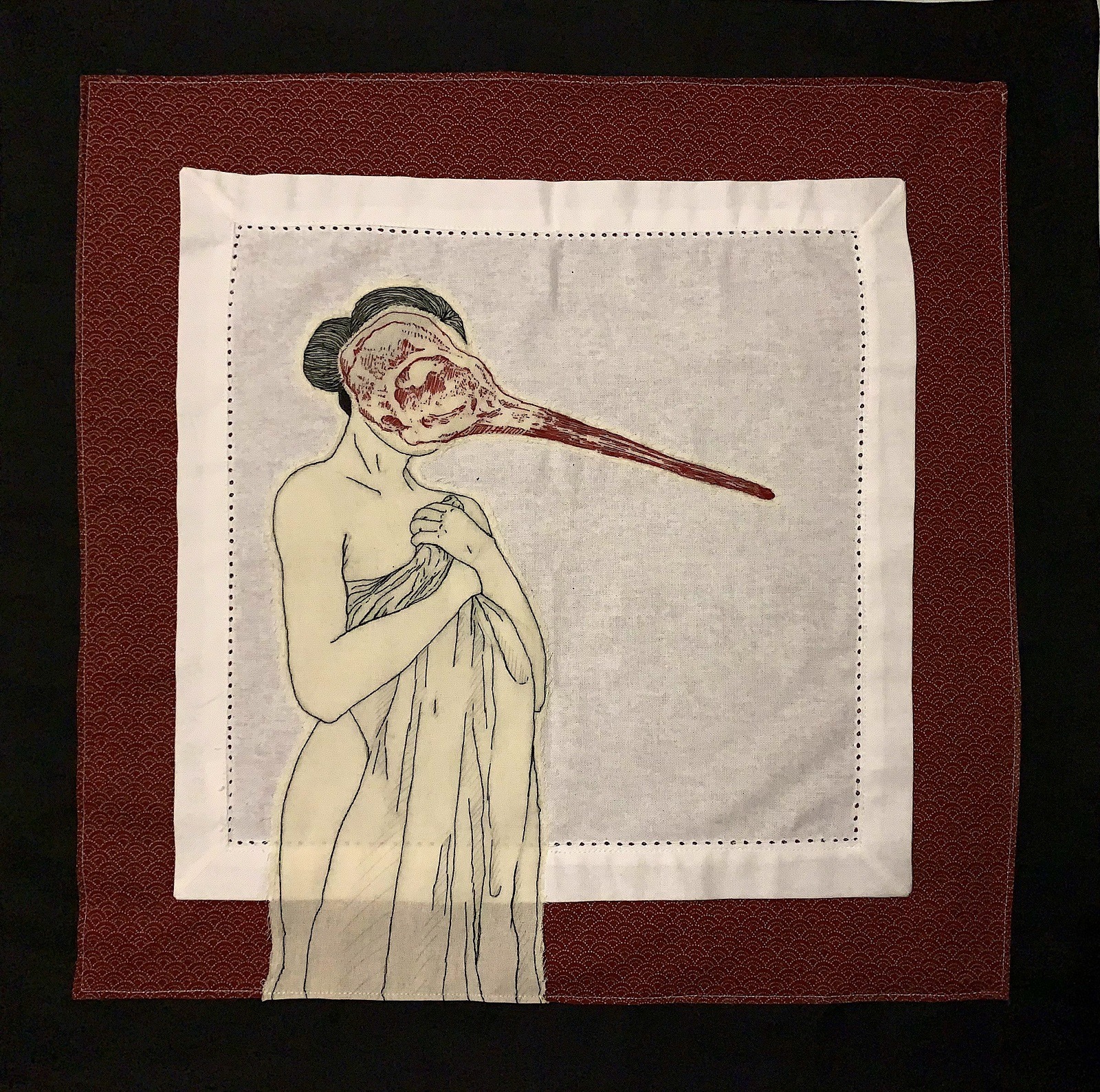
What or who were your early influences and how has your life/upbringing influenced your work?
My first influence was my family; threads and needles have been around me all my life – my maternal family have always done embroidery, sewing, weaving and knitting, even when they were aiming to be quite utilitarian.
My grandmother Sara was of Chinese descent, and all my life I had observed this “watery painting”, as I saw it, at her house. At first, I thought it was a gouache from China. I had always been mesmerised by it and eventually I realized it was black and grey human hair embroidered on silk. The feelings, conveyed to me from this picture have been with me ever since and it became a compulsion in my life to experiment this technique.
Just as I was wondering how I could begin, my aunt Lucila gave me my great grandmother’s embroidery book. It became a small treasure. At that point I knew I just needed the courage to try it.
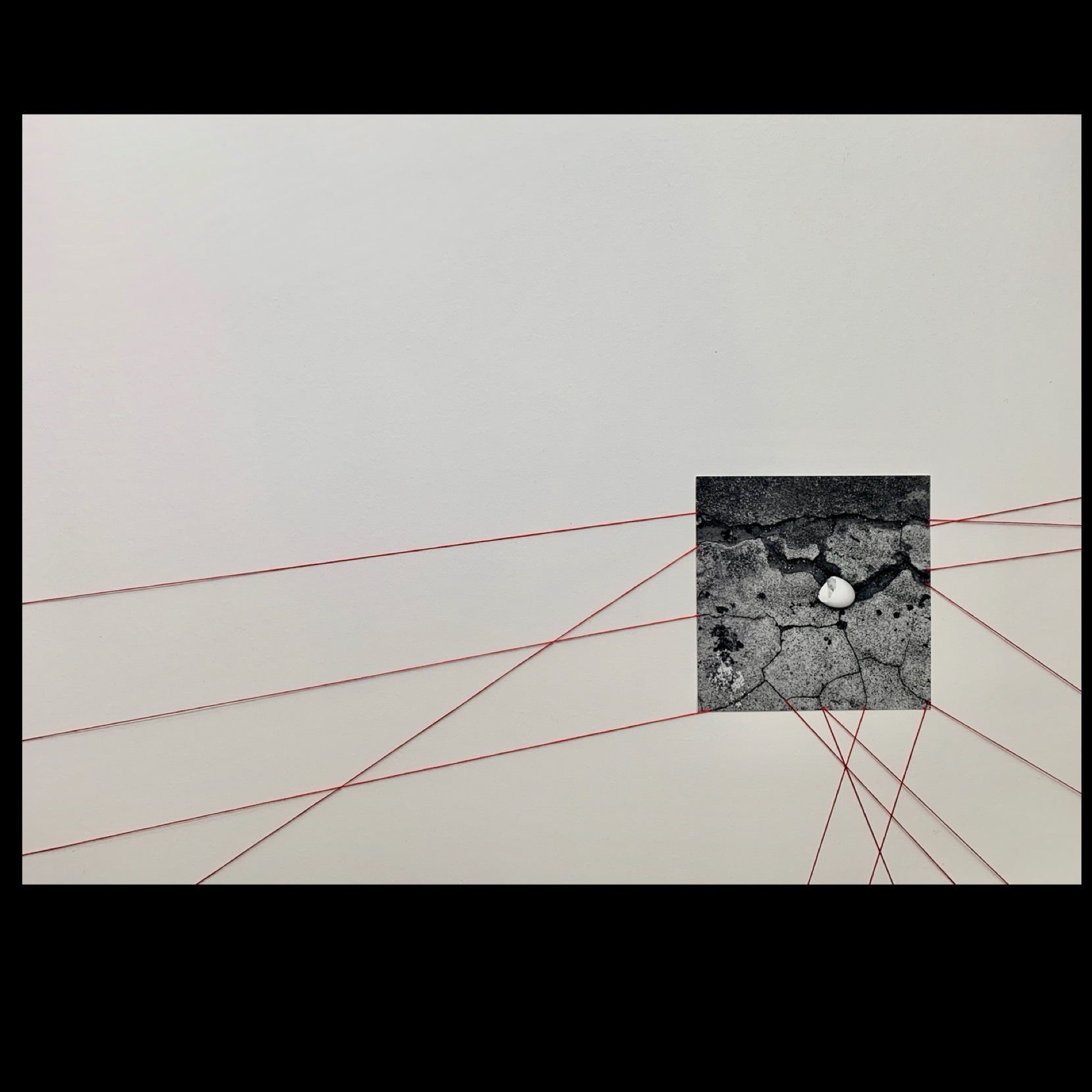
What was your route to becoming an artist?
I originally studied art at Corriente Alterna Visual Arts School and, later, embroidery at la hermandad de la costura – the Brotherhood of Sewing – both in Lima, Peru.
My first two jobs were working in the media as a photo-journalist for the websites Primera Pagina and Peru.com. Both jobs were part of a personal project as part of my course; I was interested in researching news that had been recurrent over the years.
For most of my research work I spent time in the National Library and National Archives, looking through newspapers from 1900 to 2000, studying how the press handled news and how history is a repetition of events.
For a while the media captivated me – possibly because my grandparents from my dad’s side were journalists and because it revealed to me a new aspect of the world. For the first time I was exposed to reality.
Coming to the end of my art education was challenging, especially in a country where art is undervalued and viewed as trivial. Leaving the safe environment of school can be confusing; it’s a safe environment in which to express yourself as an artist – that becomes harder out in the big wide world. I could foresee the need to leave home at some point and have my own financial independence.
Whilst I was young and willing to enter that stage of my life, at the same time it presented some turmoil and stress as to how I was going to deal with the future. So working as a photo-journalist gave me the time and space I needed for my own personal development.
In time, my yearning to create intensified. Fortunately, as I became ready to resume my art career, my family and friends were there to support me in the process. After a period of absence, it is complicated to restart, so I went back with no other expectation than to produce some kind of artwork.
But things worked out very well; I had time to begin looking for new techniques such as incorporating needlework. Whilst endeavouring to return to my photography experience and use that as one means of communication, I picked up drawing again. For me, it is a real challenge but it allowed me to work at home and use small formats and it turned out to be the best way to communicate. My camera has been my constant companion so it was natural to incorporate photography into my art.
I am now a self-employed artist and am also a part of an art community called Blend with whom I generate exhibitions and work in the community.
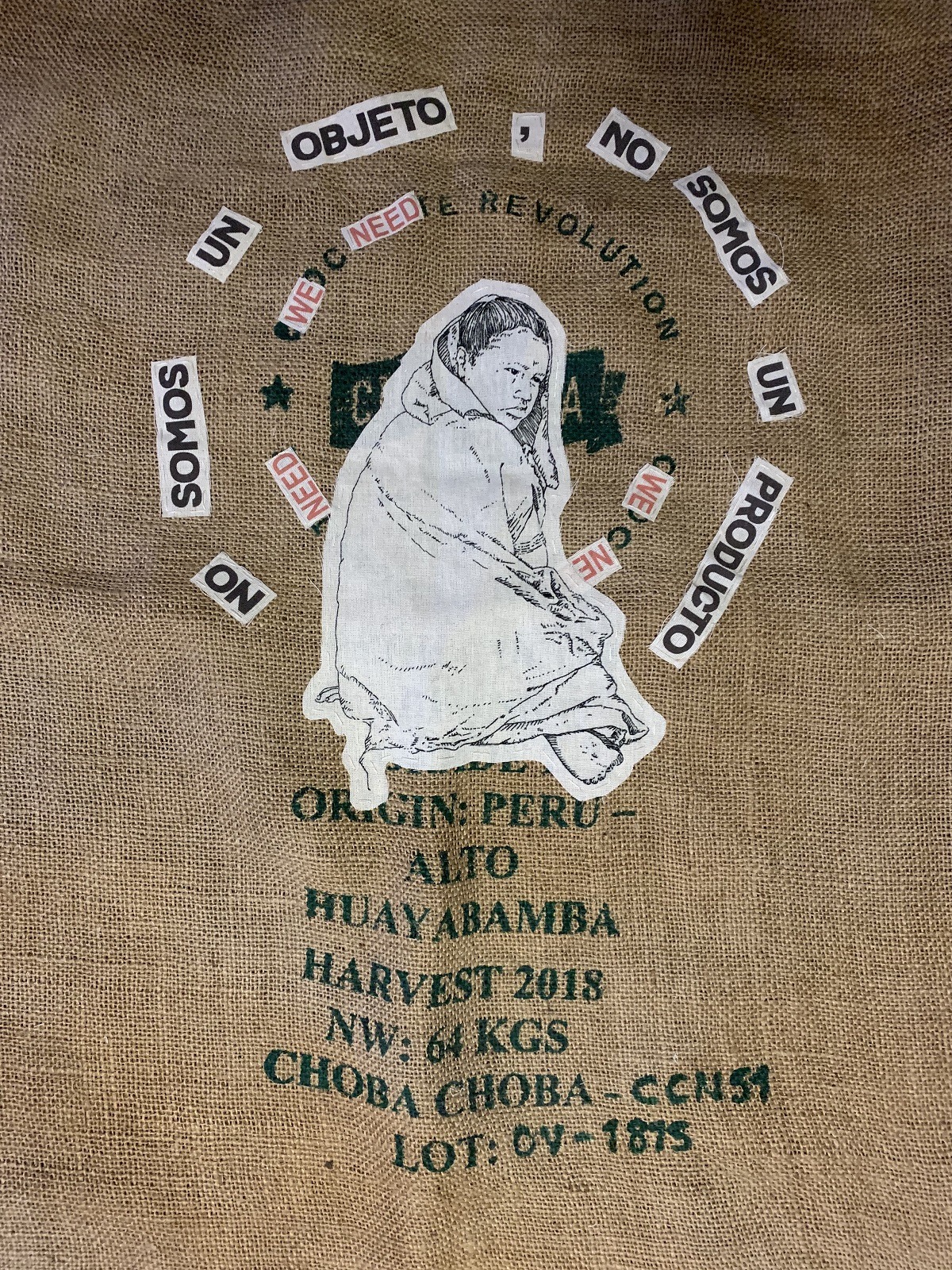
Savouring the slow build
Tell us about your process from conception to creation
The process of creating a work is what I enjoy most, even when the final result may not be exactly what I want every time. My work usually revolves around personal and other social memories. Initially I used to separate these issues, but with the things that are happening every day, the reflections concerning the memory and the techniques end up being mixed too.
The first thing is to define the approach and the message. Once I have that clear I reach the moment that the sketches begin. I get a clear image and then start manual work.
I think that the reason I enjoy embroidery so much is this part of the process. First the contact with the fabric or paper, and then losing myself in the threads, through to choosing the thickness of the thread and the colour I need. Finally, I immerse myself in the embroidery process.
I feel that I need to begin slowly, and that slow-build means that every word and image generated are left in such a way that they are tattooed on myself.
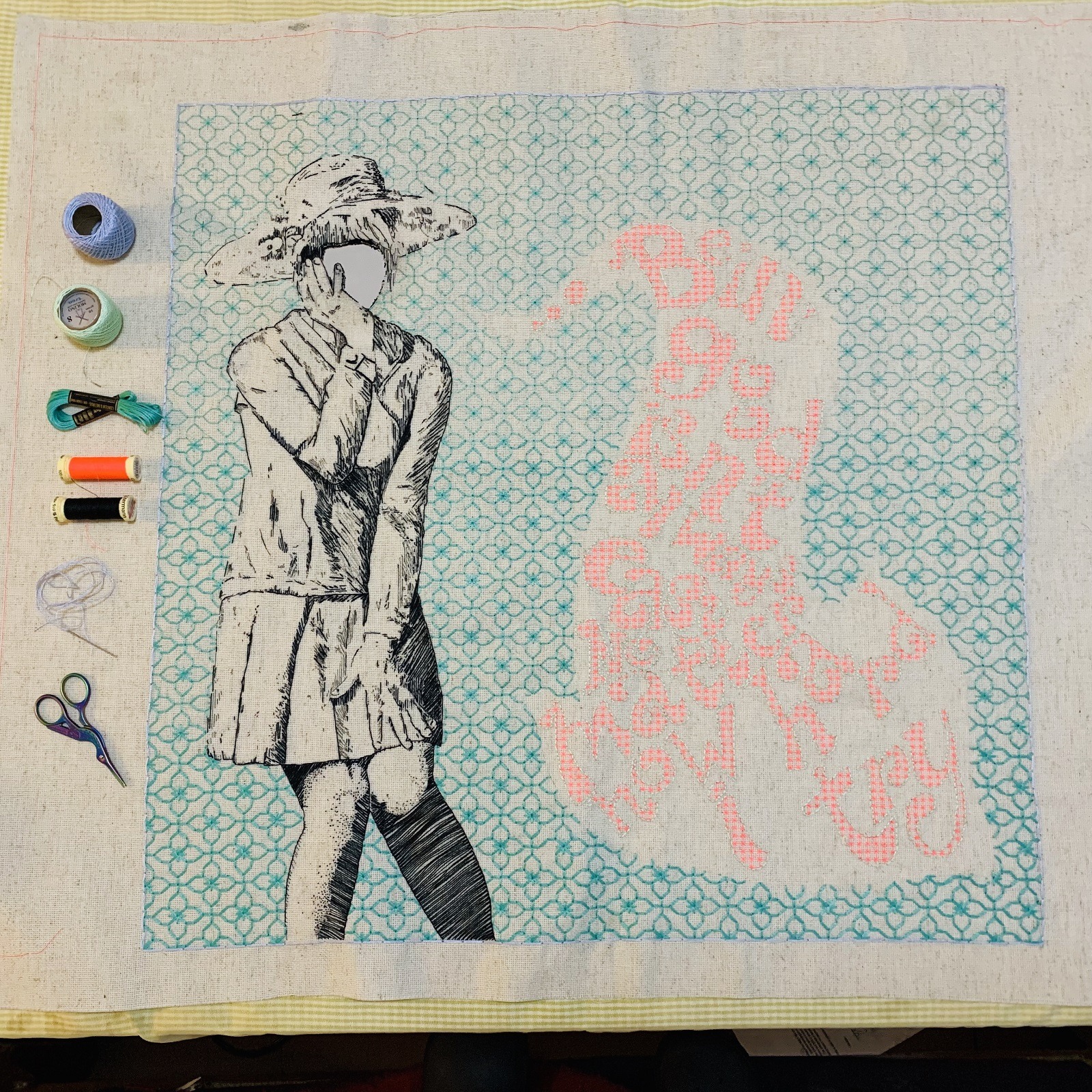
Tell us a bit about your chosen techniques and how you use them
This depends quite a lot on the idea and the message that I want to portray. What I want to say will determine the technique I choose, and the technique is what will define the materials.
I am a big fan of huge processes! I always prefer long processes, with a lot of manual work. This is the reason why I try not to be seduced by the artisanal part of the job, because I don’t want this part to distract me from the topic or the message.
When I’m doing a piece, and I don’t want to experiment with different materials, I take different tutorials, workshops or classes to gain a wider range of skills and resources. That way I can mix drawings with paintings, photography or embroidery. I do this in order to call upon a reserve of resources that I can use when necessary.
I’ve tended to use drawing and digital collage or photography to relate to social issues on the projects I developed. Embroidery has been a more personal matter; I didn’t do it in order to exhibit and I used to find it too costly to exhibit embroidery pieces anyway.
Now, as I pursue my process of exploration, I feel increasingly free to combine techniques, and am enjoying the process as part of the work and the opportunity it gives me to communicate.
Lately, a topic I have been working with is migration, and combining these different techniques seemed most coherent.
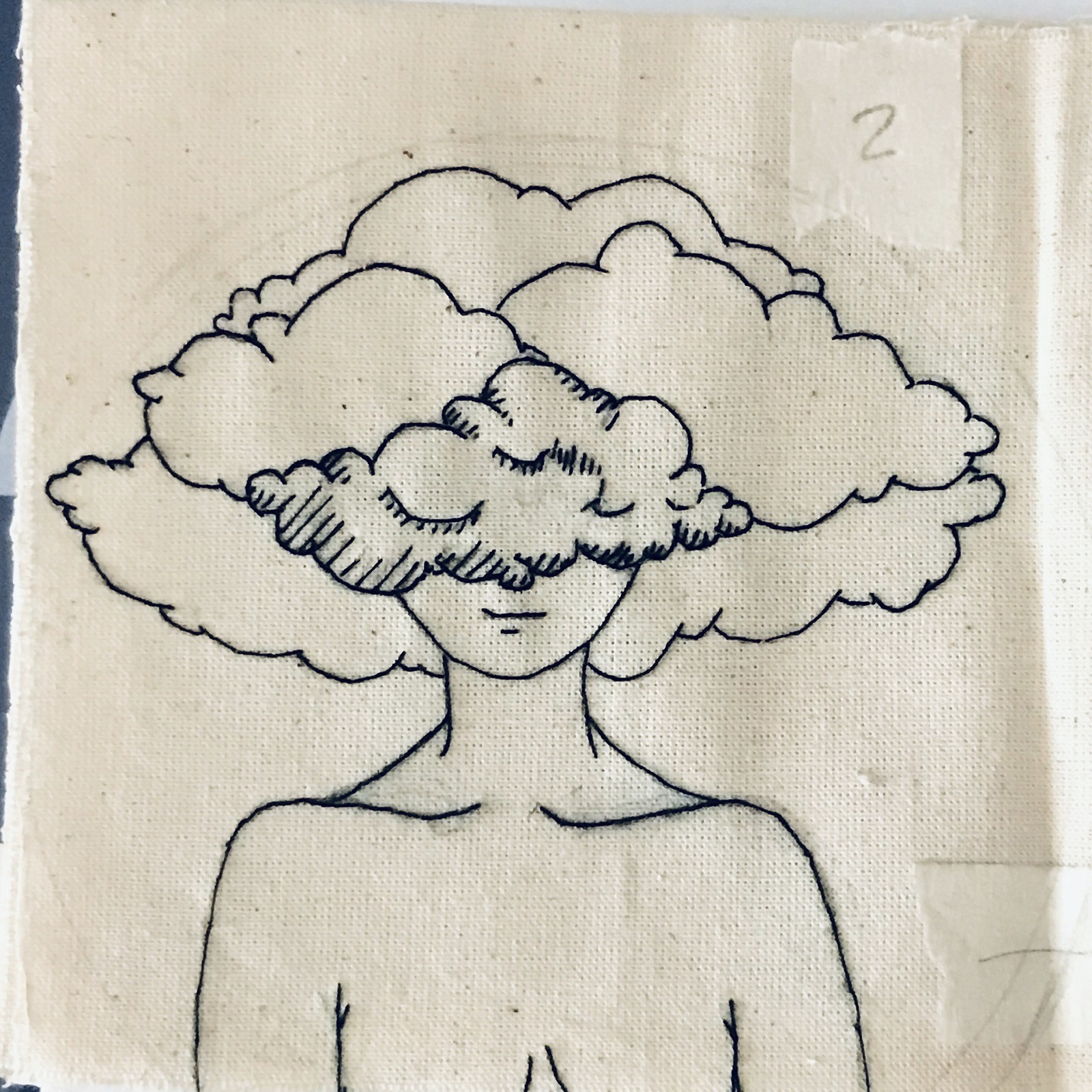
What currently inspires you?
What inspires me is memory; certain moments in the past and in the present, the archive, what we include in our records and, more importantly, everything we leave out. I like to examine the absences, what is told, and also, crucially, to rescue what ends up dying in oblivion.
Socially I have the same concerns, I usually evaluate what is repeated, what is denounced and what is overlooked. This question is complicated because, even if you have a preference or direction, what inspires you finds you – and surprises you – daily.
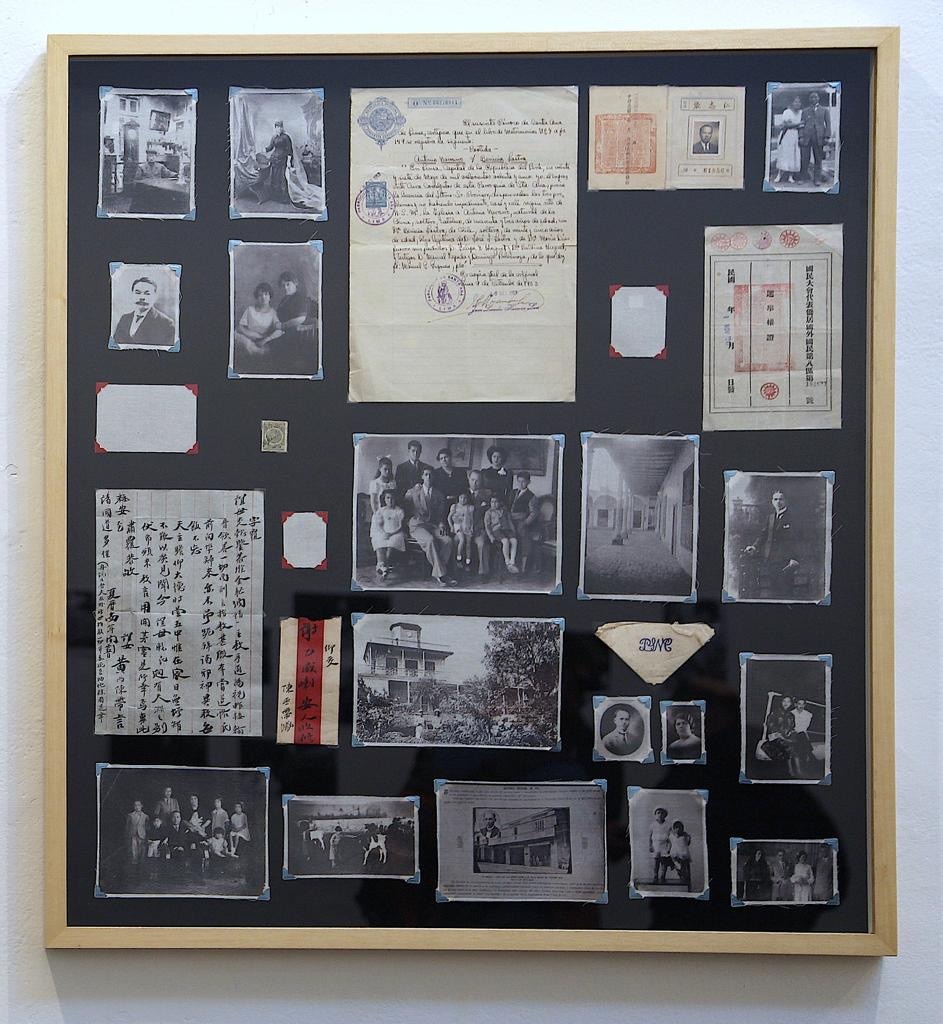
Cousin’s donated hair
Tell us about a piece of your work that holds particularly fond memories and why?
The part of my job I like the most, and the one that has brought me most of my lovely memories, is the process of collecting information and identifying materials.
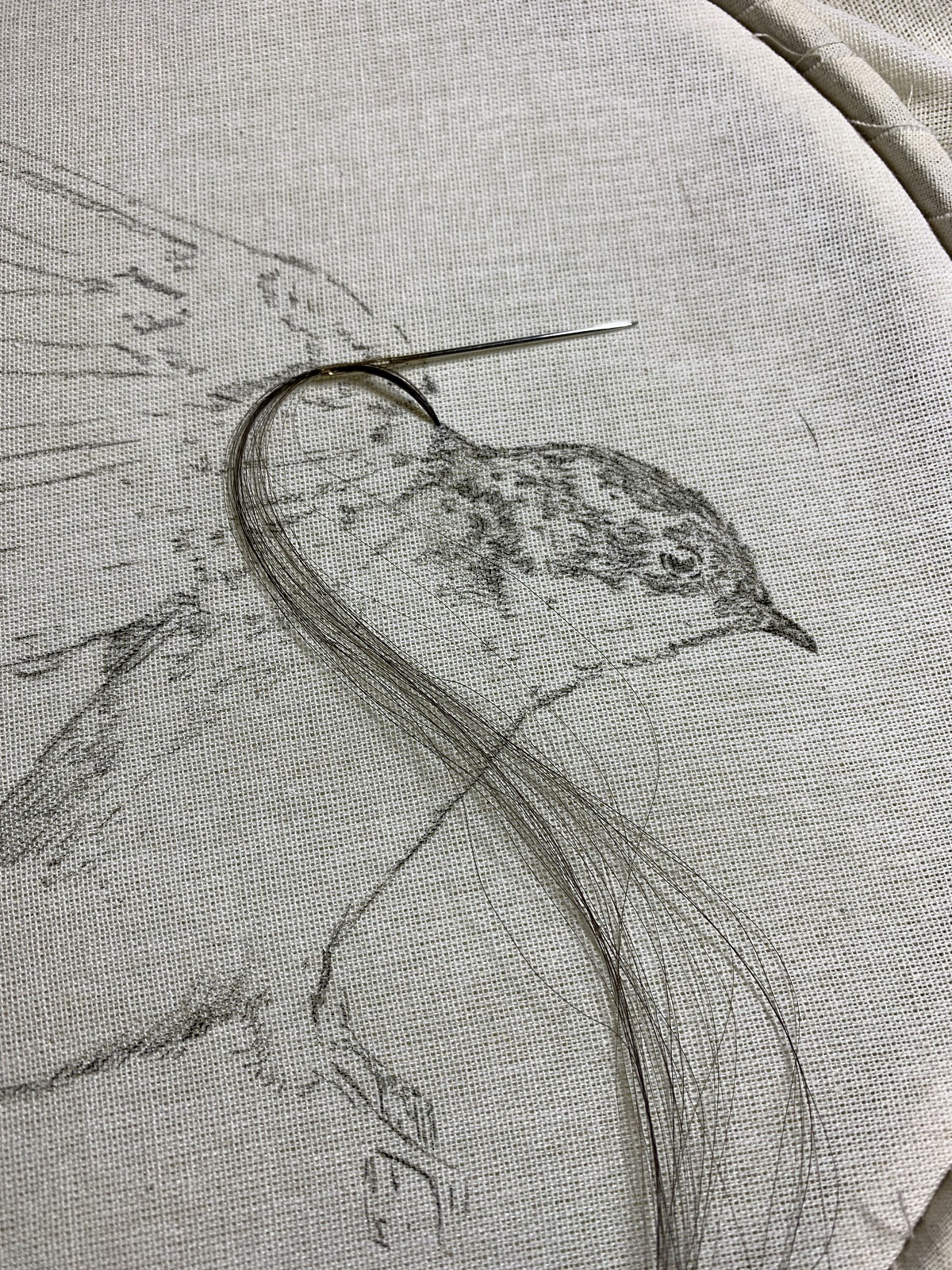
Also, one thing I love is talking with my family about this process – sometimes it’s with a friend or with a specialist in a certain topic; it can be literally anybody. Once I do this, I can start to collect the materials, and then those two experiences – information and materials combined – become a work of art. Even though I would love my work to explain everything I think, it’s hard for any piece to transmit everything I feel.
A piece that holds particularly fond memories for me is my first embroidery with hair. It is a diptych with family documents and a swallow embroidered with my cousin Andrea’s hair, which she donated for this project.
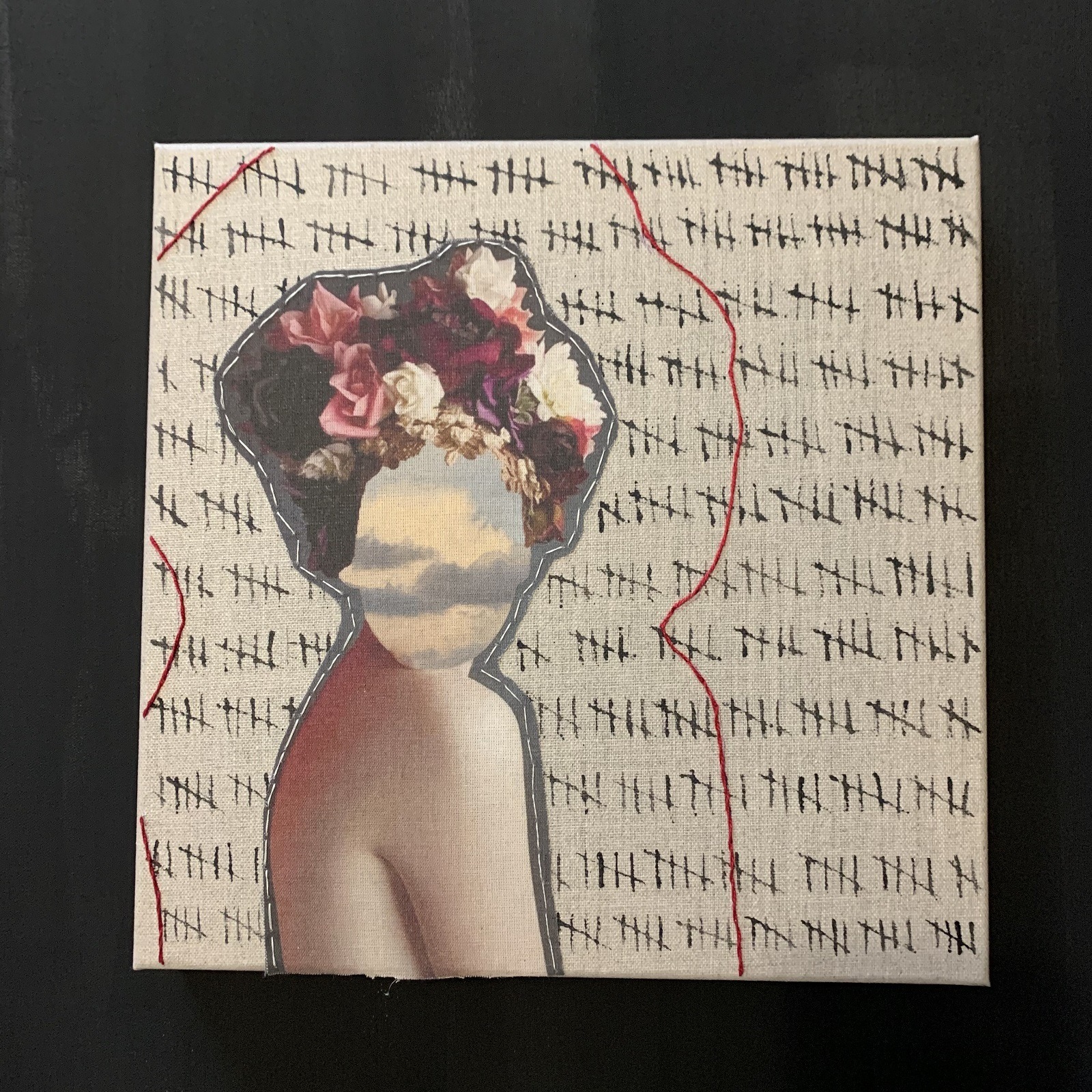
How has your work developed since you began and how do you see it evolving in the future?
I think that the introduction of embroidery to my drawings and photography opened up a new way of mixing different techniques, and that, in the future, this will be a resource for expressing more clearly what I want to communicate in my work.
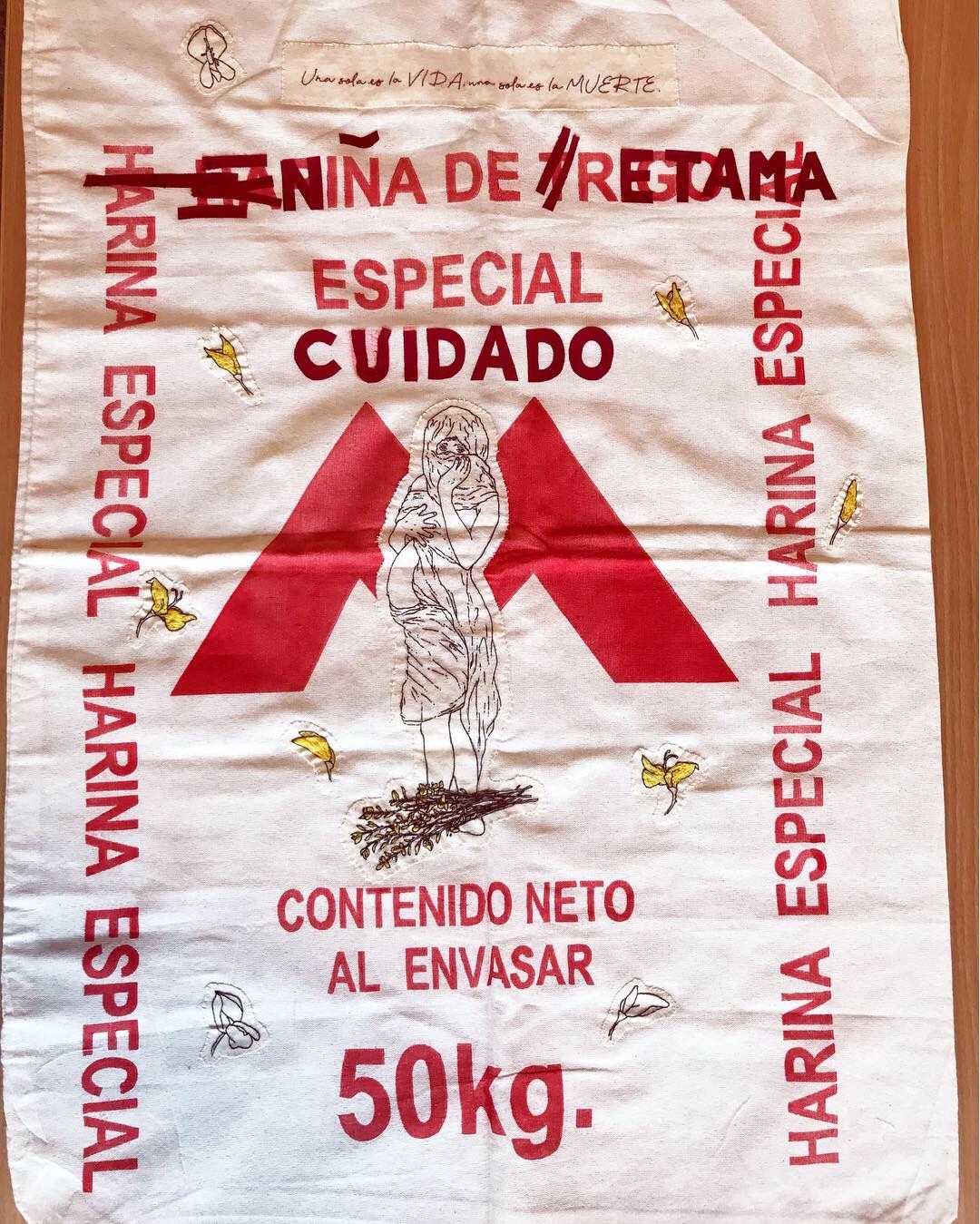
What advice would you give to an aspiring textile artist?
What I would recommend is that they just do it, and that, whilst they do, they enjoy the whole process and that they trust themselves. They can talk to other textile artists who are usually very generous in sharing their techniques and motivations.
The techniques used for textile art are very versatile at times; you can use them for drawing, painting or whatever your imagination desires. You can use very traditional techniques or develop your own way.
One very important thing is that after the initial impulse, that the artist shares what they produce, whether that be by using it (if it is utilitarian), framing it, or sharing it on networks – but don’t stop showing it. Your work can inspire others.
Finally, it’s important that they learn, and live, from the process, because, whether it be embroidering, weaving or sewing, each has something reparative for the artist.
For more information visit www.linbelaunde.com/
Did Lin’s story encourage you to try something different? We’d love to hear about it in the comments below.
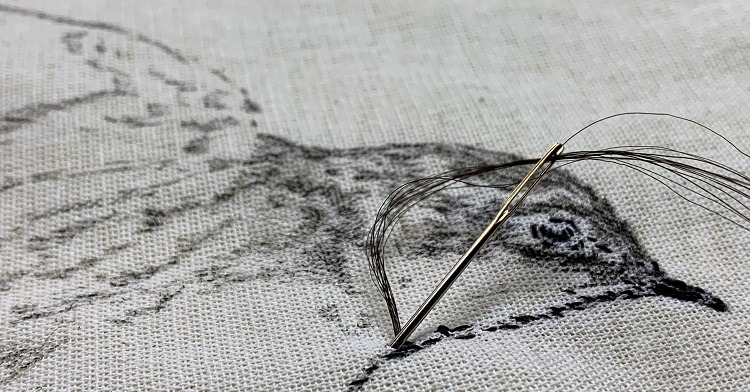

![Contemporary textile artist Lisa Soloman featured image||Lisa Soloman - Sen [1000 doilies]](https://www.textileartist.org/wp-content/uploads/Lisa.jpg)
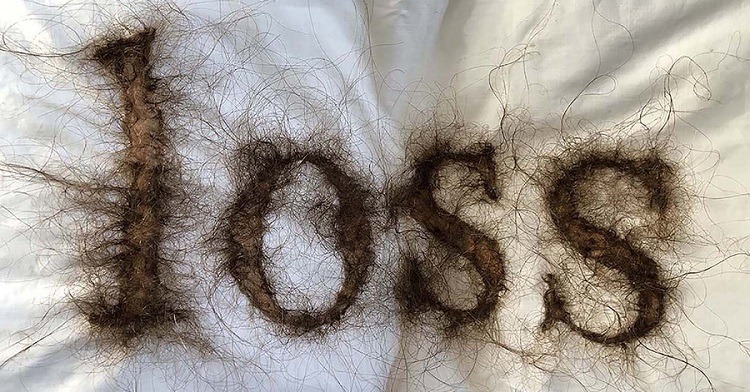
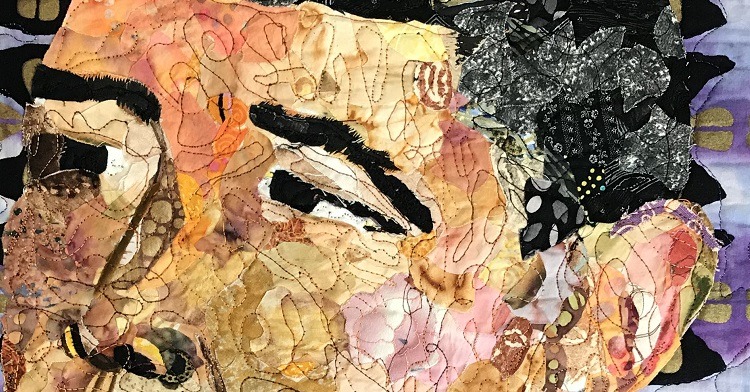
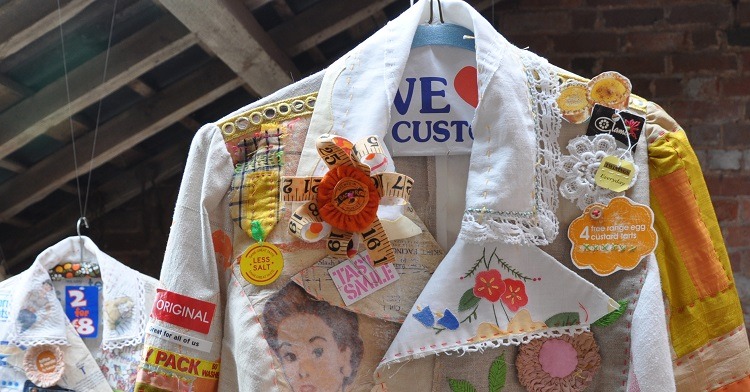
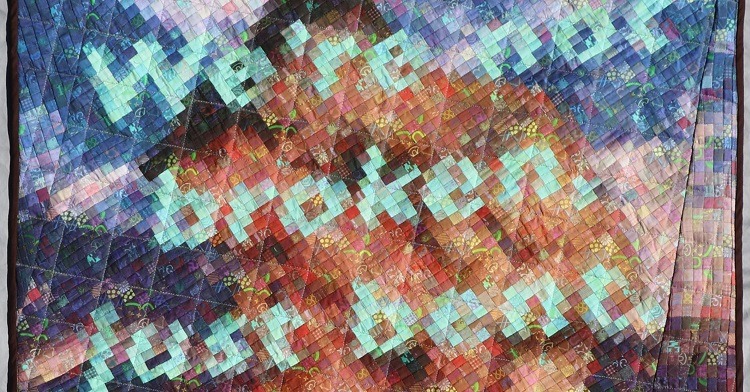
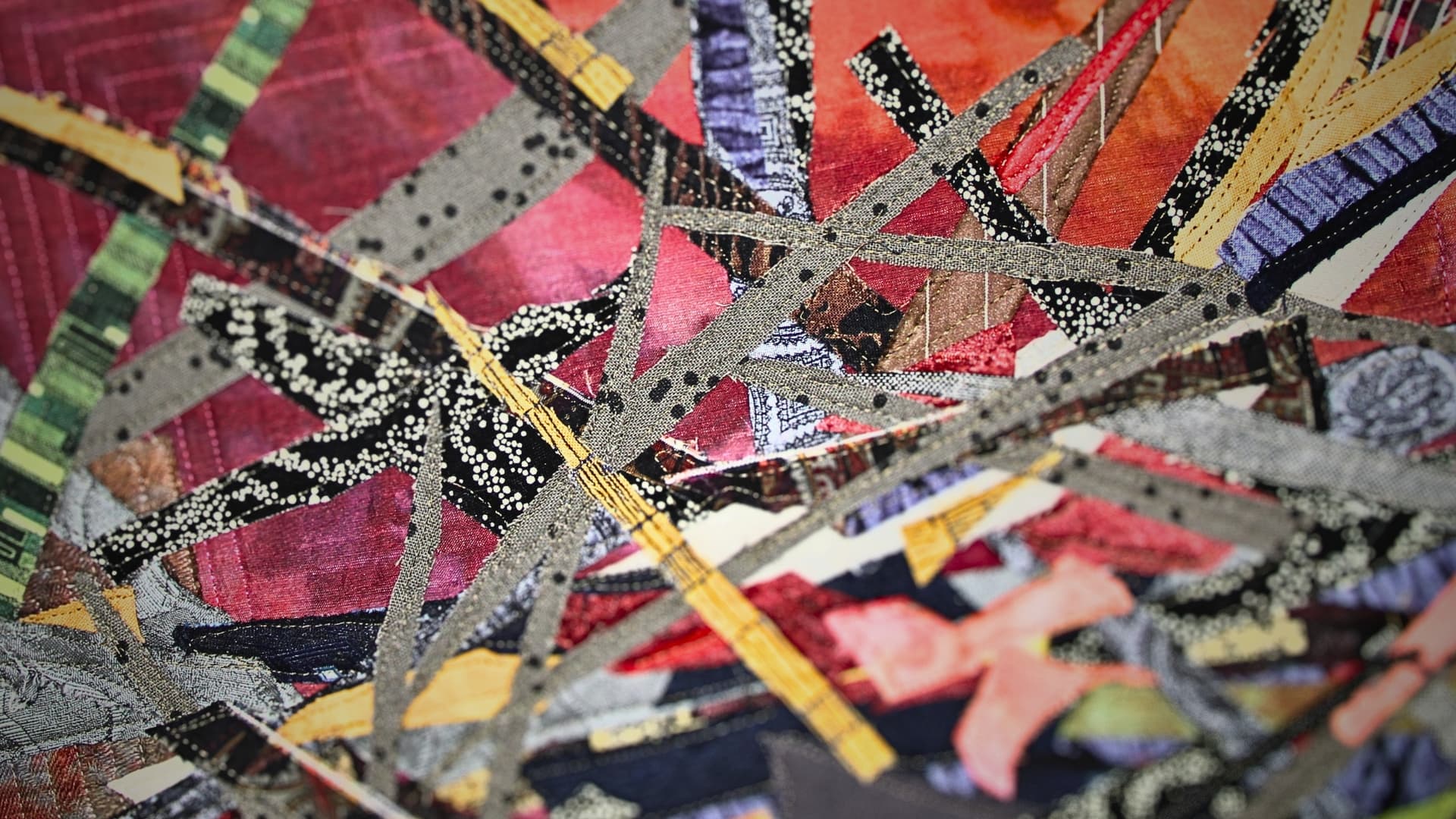
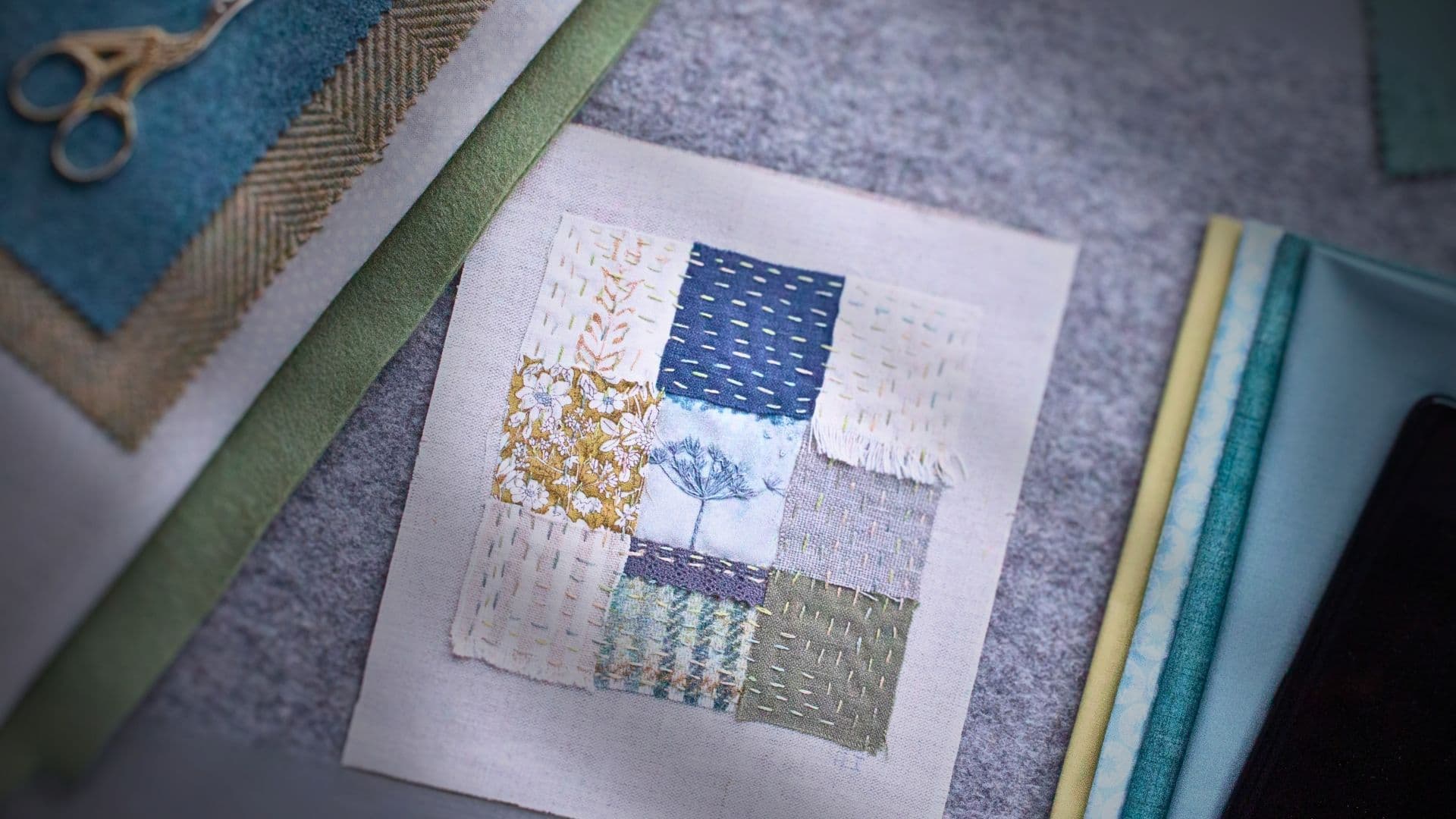
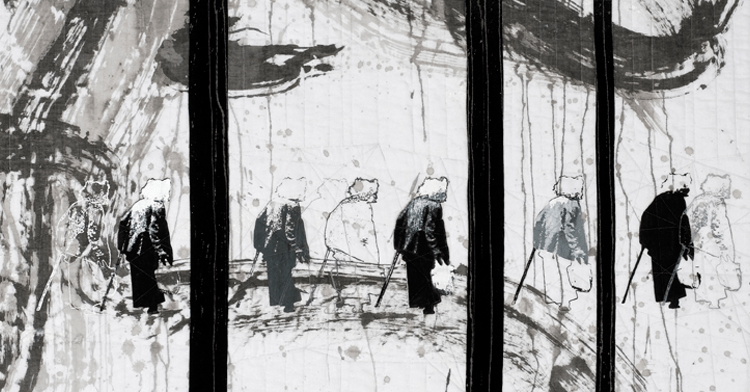
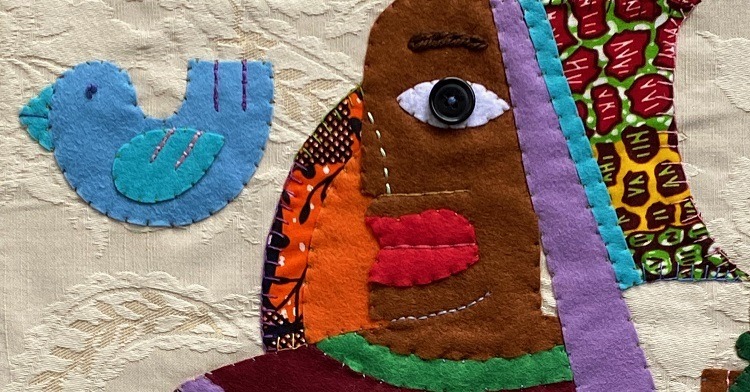
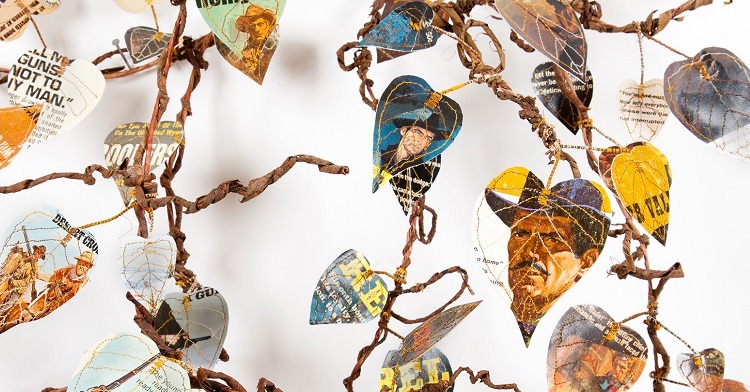
7 comments
Sa lester
Never tried hair for floss, eager to see it up close.
Patricia
I really believe in Lin and I think all the pieces she makes and work are part of herself and life shes lucky and also are us to have a young artist showing her feelings and world matters love it thanks for being alive Lin
Lin
Thank you very much for your words, it is a blessing to be able to work and share with you, I hope to see your work soon! ♥️
Amy
Lovely article. I did find it inspiring.
lin belaunde
♥️
Judi MacLeod
It is fascinating to see how hair has been used in past generations …. Our family has a very large hair wreath made around 1860, which I think is tatted onto wire. It is said to have been made from all the family and close relatives hair while still alive.
I have been saving my hair for several years whenever I get it cut at the hairdressers, they are very curious about what I am going to do with it! My idea at the moment is to incorporate it with paper pulp and make some sheets of paper to paint and embroider on …. I need to get onto that!
Lin
I really enjoy embroidering with hair, not only for the fiber but also for the symbology and genetic information that it has inside and the environment information that is on the outside, I hope you enjoy this adventure of working with your hair and that you share it, the project sounds very interesting!